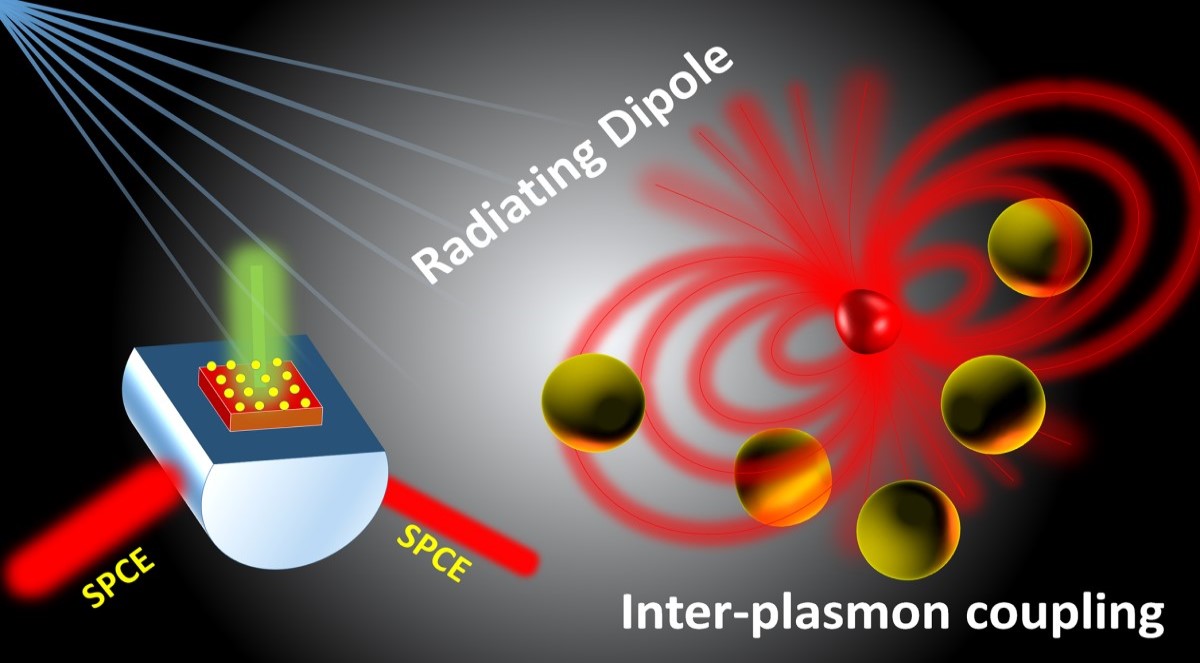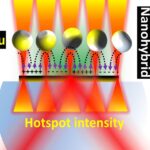The STAR Lab, SSSIHL, has published a new paper in ACS Applied Nano Materials that demonstrates the use of a novel biopolymer, soluplus-mediated plasmonic nanohybrids for mobile phone-based biosensing applications. This judicious synergy of materials at nanoregime are utilized to revisit and overcome the perpetual problem of Ohmic lossy quenching in metals, thereby demonstrating excellent performance in sensing analytes of interest.





